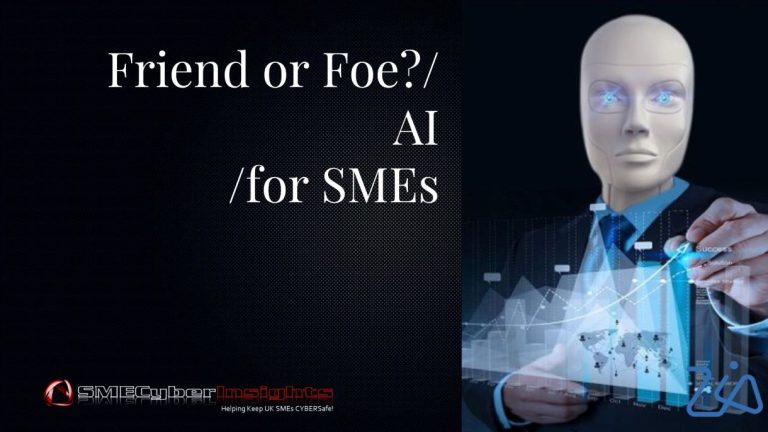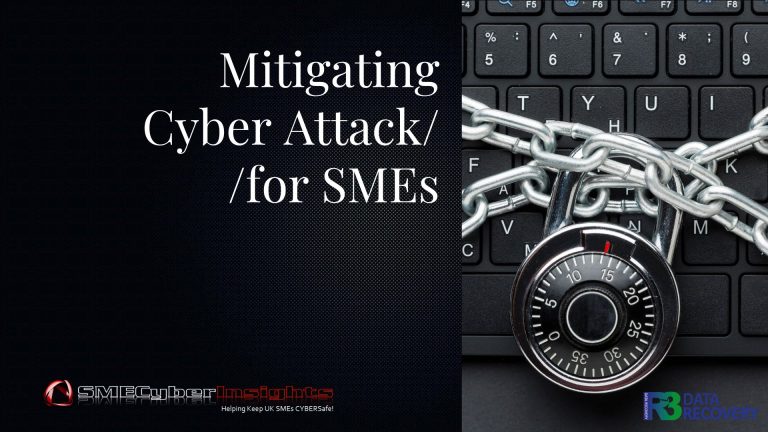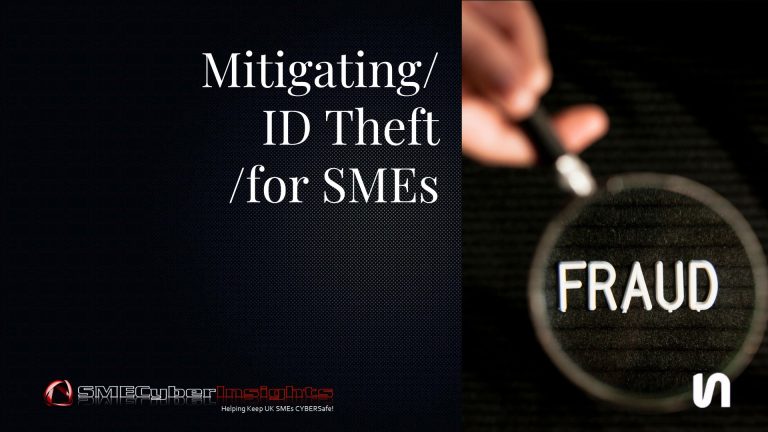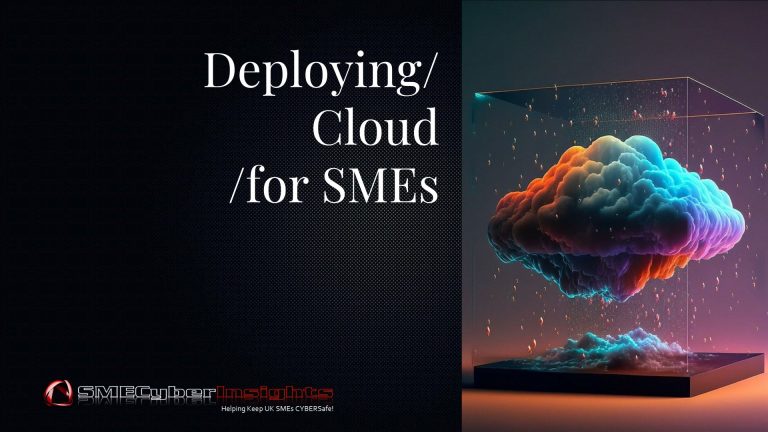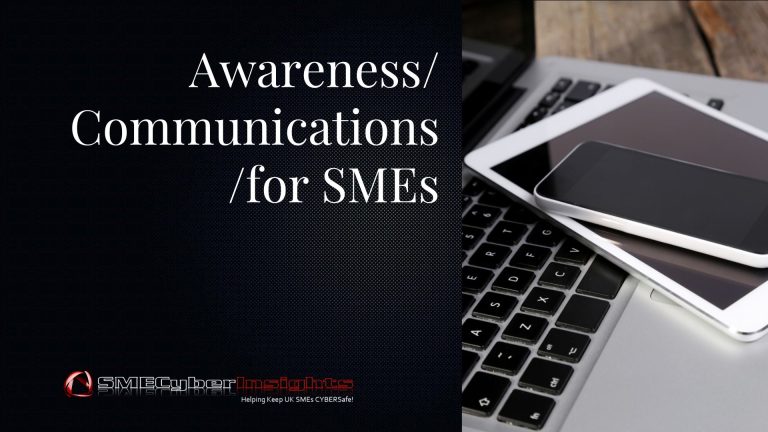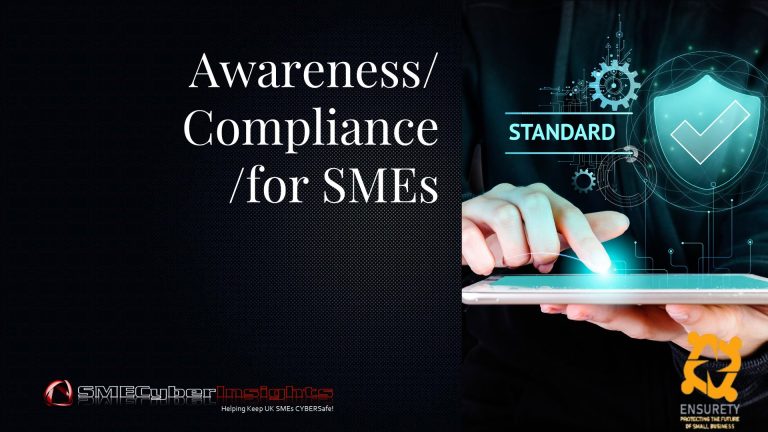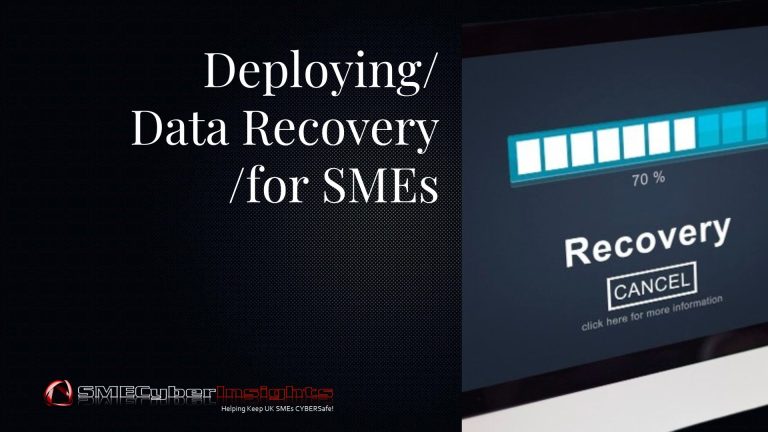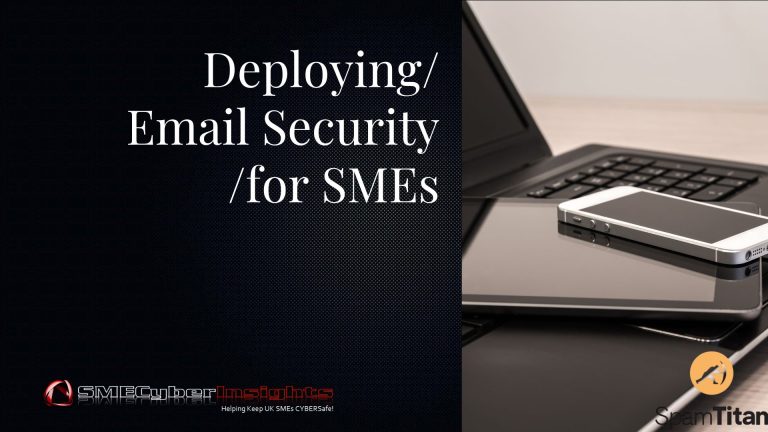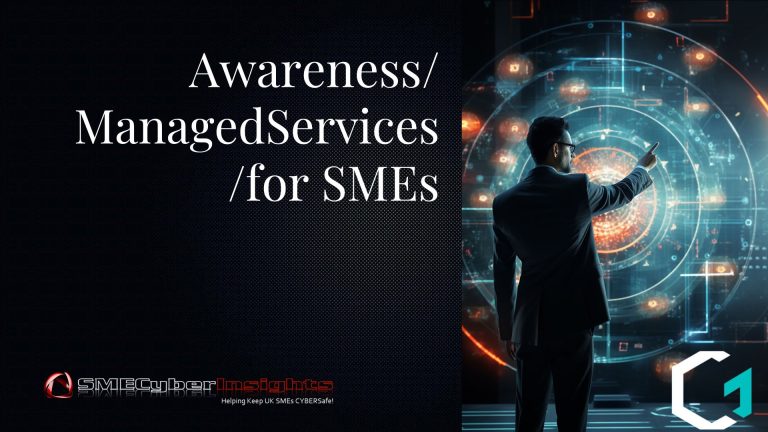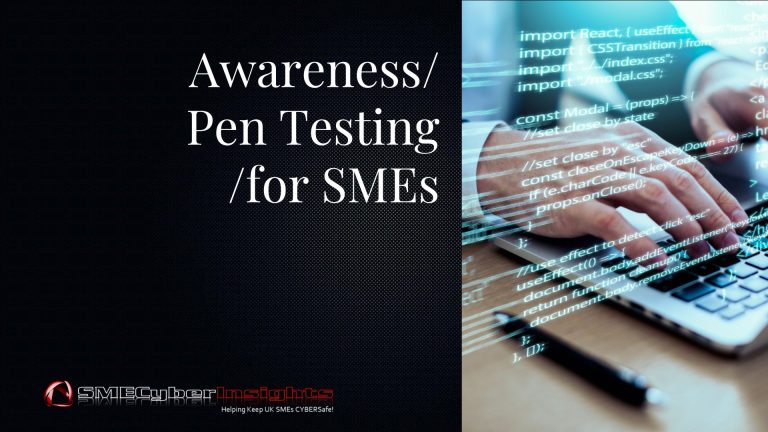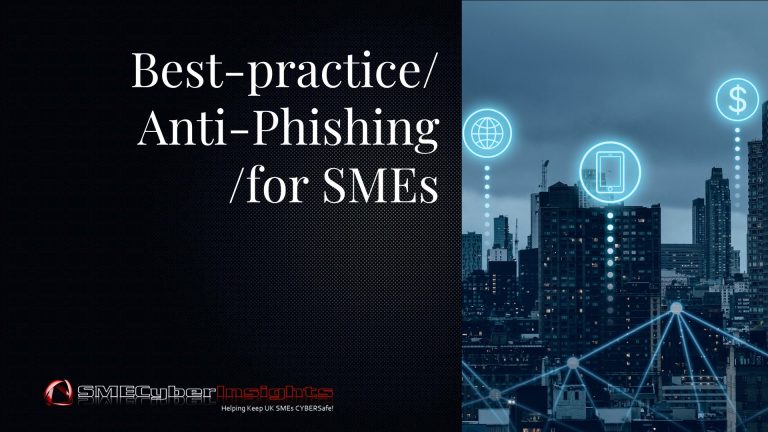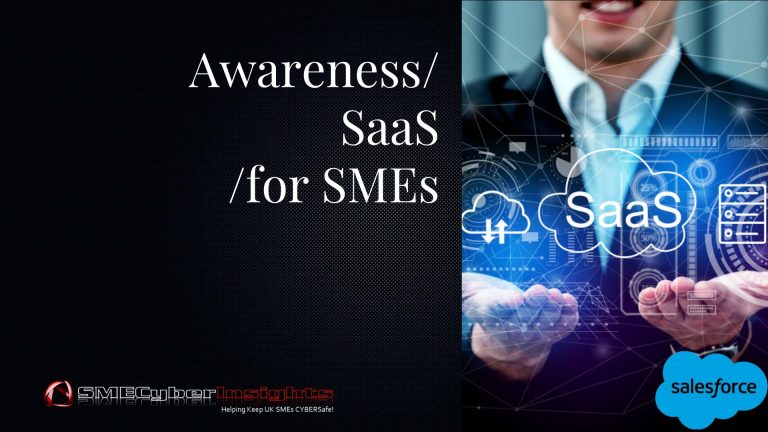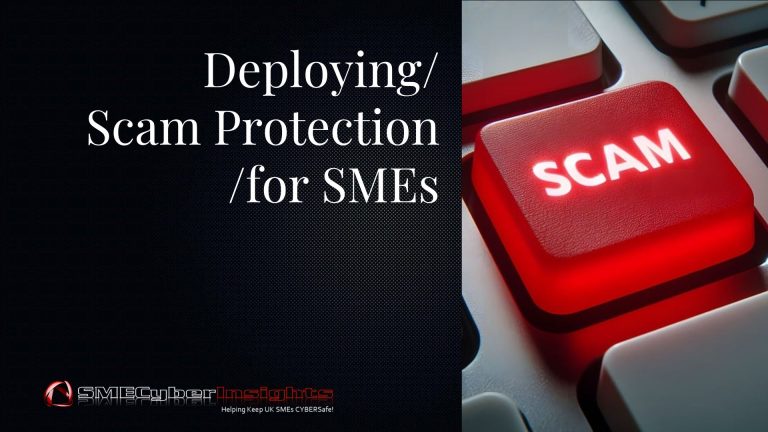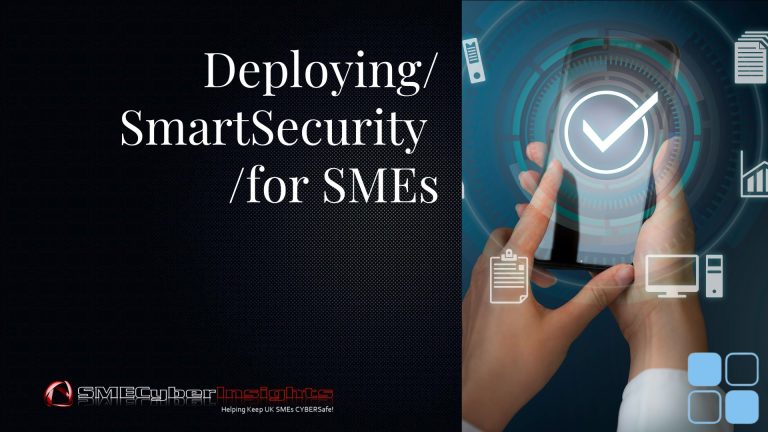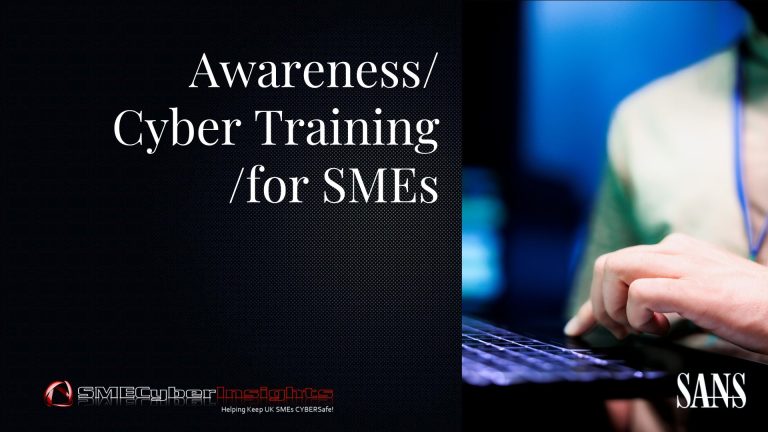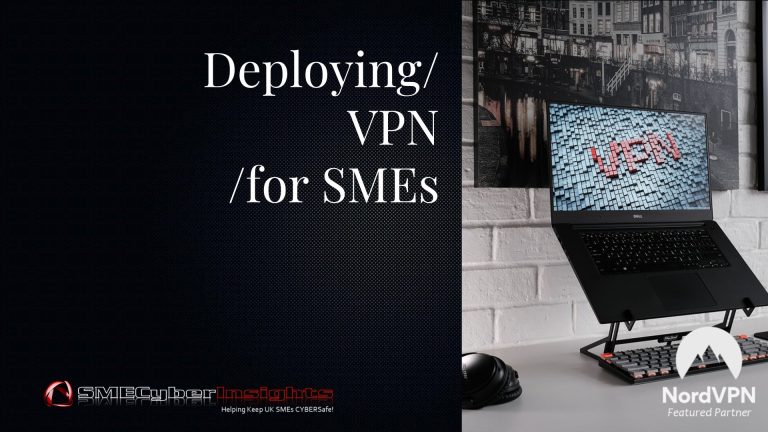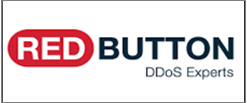What is a vCISO & Why Your SME Needs a Virtual CISO: The Smart Security Solution for 2025
June 27, 2025
Helping Keep Small Business CYBERSafe!
Gibraltar: Friday 27 June 2025 at 11:30 CET
What is a vCISO & Why Your SME Needs a Virtual CISO: The Smart Security Solution for 2025
By: Iain Fraser – Cybersecurity Journalist
Published in Collaboration with: Nord VPN
SMECyberInsights.co.uk – First for SME Cybersecurity
Google Indexed on 270625 at 12:42 CET
#SMECyberInsights #SMECyberAwareness #CyberSafe #SME #SmallBusiness #CISO #vCISO
What is a Virtual CISO (vCISO)?
A Virtual Chief Information Security Officer (vCISO) is an experienced Cybersecurity executive who provides strategic security leadership to organizations on a part-time, contract, or consulting basis. Unlike traditional CISOs who work full-time for a single organization, vCISOs serve multiple clients simultaneously, bringing enterprise-level security expertise to businesses that cannot justify or afford a full-time executive position.
The vCISO model has evolved significantly since 2020, with demand increasing by over 300% as SMEs recognize the critical need for strategic Cybersecurity leadership without the overhead of a full-time C-suite position.
How Virtual CISOs Operate
Service Delivery Models
Retainer-Based Engagement: Most vCISOs work on monthly retainers, typically providing 10-40 hours of strategic input per month depending on organizational size and complexity.
Project-Based Work: Specific initiatives like security program development, compliance audits, or incident response planning.
Hybrid Approach: Combination of ongoing strategic guidance with project-specific deep dives.
Core Operational Framework
Virtual CISOs typically operate through:
* Strategic Planning Sessions: Monthly or quarterly meetings with executive leadership
* Remote Security Assessments: Comprehensive evaluation of current security posture
* Policy Development: Creating and updating Cybersecurity frameworks
* Vendor Management: Overseeing security technology stack and service providers
* Incident Response Leadership: Guiding crisis management and recovery efforts
* Compliance Oversight: Ensuring adherence to regulatory requirements
The SME Cybersecurity Challenge
Small and Medium Enterprises face a unique Cybersecurity paradox: they need sophisticated security leadership but lack the resources for full-time expertise. Consider these statistics:
* 60% of SMEs that suffer a Cyberattack go out of business within six months
* Average cost of a data breach for SMEs is £2.9 million
* Only 14% of SMEs have a dedicated Cybersecurity professional
* 43% of Cyberattacks target small businesses
This gap creates significant vulnerability, making SMEs attractive targets for Cybercriminals who exploit their limited security resources.
vCISO vs Full-Time CISO: The Strategic Comparison
Full-Time CISO Challenges for SMEs
Cost Barriers: A senior CISO in the UK commands £120,000-£200,000+ annually, plus benefits, equity, and additional overhead costs.
Talent Scarcity: The Cybersecurity skills gap means finding qualified CISOs is increasingly difficult, with average hiring times exceeding 6 months.
Utilization Issues: SMEs rarely require full-time strategic security leadership, making the investment inefficient.
Limited Perspective: Internal CISOs may develop tunnel vision, lacking exposure to diverse threat landscapes and industry practices.
vCISO Advantages
Immediate Expertise: Access to seasoned professionals like Mark de Rijk, CEO of CyberSecurityExpertOnTap, who brings decades of enterprise security experience across multiple industries.
Cost Efficiency: Typically, 60-80% less expensive than full-time equivalents while providing comparable strategic value.
Fresh Perspective: External viewpoint brings innovative approaches and industry best practices from multiple client engagements.
Scalability: Services can be adjusted based on business growth, seasonal demands, or specific project requirements.
vCISO vs MSP/MSSP: Understanding the Difference
MSP/MSSP Limitations
Managed Security Service Providers excel at operational tasks but often lack strategic leadership capabilities:
Tactical Focus: MSPs primarily handle day-to-day security operations, monitoring, and incident response Limited Strategic Input: Most MSPs don’t provide C-level strategic planning or business risk assessment Technology-Centric: Focus on tools and systems rather than holistic business security strategy Reactive Approach: Emphasis on responding to threats rather than proactive risk management
vCISO Strategic Value
Business Alignment: vCISOs understand how Cybersecurity supports broader business objectives Risk Management: Comprehensive enterprise risk assessment and mitigation strategies Executive Communication: Ability to translate technical risks into business language for board-level discussions Compliance Leadership: Strategic oversight of regulatory requirements and audit processes
Cost Comparison Analysis
Full-Time CISO Investment
* Annual Salary: £120,000 – £200,000
* Benefits & Overhead: £30,000 – £50,000
* Recruitment Costs: £15,000 – £25,000
* Total Annual Cost: £165,000 – £275,000
vCISO Investment
* Monthly Retainer: £3,000 – £8,000
* Annual Cost: £36,000 – £96,000
* Additional Project Work: £500 – £1,500 per day
* Total Annual Cost: £40,000 – £120,000
MSP/MSSP Investment
* Basic Monitoring: £2,000 – £5,000 monthly
* Comprehensive Services: £5,000 – £15,000 monthly
* Strategic Consulting: Usually, additional £1,000+ daily rates
* Total Annual Cost: £30,000 – £200,000+ (depending on scope)
The CyberSecurityExpertOnTap Advantage
Mark de Rijk’s CyberSecurityExpertOnTap represents the evolution of vCISO services, combining deep technical expertise with strategic business acumen. With over 20 years in Cybersecurity leadership roles, Mark brings:
Multi-Industry Experience: Having worked across financial services, healthcare, manufacturing, and technology sectors, providing insights into diverse threat landscapes and regulatory environments.
Practical Implementation: Focus on actionable security strategies rather than theoretical frameworks, ensuring SMEs can implement recommendations within their resource constraints.
Relationship-Driven Approach: Understanding that effective Cybersecurity requires cultural change, not just technical solutions.
Continuous Innovation: Staying ahead of emerging threats through active participation in Cybersecurity communities and ongoing professional development.
Key Benefits of Engaging a vCISO
1. Immediate Strategic Impact
vCISOs can assess your current security posture and develop comprehensive improvement plans within 30-60 days, compared to months of recruitment and onboarding for full-time positions.
2. Risk-Based Prioritization
Experienced vCISOs like Mark de Rijk help SMEs focus limited resources on the highest-impact security investments, maximizing ROI on Cybersecurity spending.
3. Regulatory Compliance Expertise
Navigate complex compliance requirements (GDPR, ISO 27001, Cyber Essentials) with confidence, avoiding costly penalties and audit failures.
4. Incident Response Leadership
When Cyberattacks occur, having experienced incident response leadership can mean the difference between quick recovery and business-ending disruption.
5. Board-Level Communication
Translate technical security risks into business language that executives and board members can understand and act upon.

When SMEs Should Consider a vCISO
Revenue Threshold: Typically, beneficial for organizations with £2-50 million annual revenue Employee Count: Most effective for companies with 25-500 employees Regulatory Requirements: Essential for businesses subject to compliance mandates Digital Dependency: Critical for organizations heavily reliant on digital systems and data Growth Phase: Particularly valuable during periods of rapid expansion or digital transformation
Implementation Strategy
Phase 1: Assessment (Month 1)
* Comprehensive security posture evaluation
* Risk assessment and gap analysis
* Priority roadmap development
Phase 2: Foundation Building (Months 2-3)
* Policy and procedure development
* Security awareness program implementation
* Vendor evaluation and selection
Phase 3: Optimization (Months 4-6)
* Security program refinement
* Compliance preparation
* Incident response plan development
Phase 4: Maturity (Ongoing)
* Continuous monitoring and improvement
* Regular security assessments
* Strategic planning updates
Measuring vCISO Success
Key performance indicators for vCISO engagements include:
Risk Reduction: Measurable decrease in security vulnerabilities and exposure Compliance Achievement: Successful audit outcomes and certification maintenance Incident Response: Reduced mean time to detection and recovery Cost Optimization: Improved security ROI and budget efficiency Cultural Change: Enhanced security awareness and best practice adoption
The Future of SME Cybersecurity Leadership
The vCISO model represents the future of Cybersecurity leadership for SMEs, providing access to enterprise-level expertise without enterprise-level costs. As Cyber threats continue to evolve and regulatory requirements increase, the strategic guidance provided by experienced professionals like Mark de Rijk becomes not just beneficial, but essential for business survival and growth.
For SMEs serious about Cybersecurity, the question isn’t whether to invest in security leadership, but how to access the right expertise most efficiently. The vCISO model, exemplified by CyberSecurityExpertOnTap‘s approach, provides the optimal balance of strategic value, cost efficiency, and immediate impact.
Take Action Today
Don’t wait for a Cyberattack to realize the value of strategic security leadership. Contact CyberSecurityExpertOnTap to discuss how a vCISO engagement can strengthen your organization’s Cybersecurity posture while optimizing your security investment.
The cost of prevention is always less than the cost of recovery – and the expertise of a seasoned vCISO ensures you’re preventing the right threats in the right ways.
UK Small Business Owner? Join SMECyber Free Now! & Access the SME Cyber Forum – Read, Learn, Engage, Share …
The Latest SME Cybersecurity News, Threat Intelligence & Analysis, Timely Scam Alerts, Best-practice Compliance, Mitigation & Resources specifically curated for UK Based SMEs in a Single Weekly Email direct to your Inbox or Smart Device together with Unrestricted Free Access to our entire SME Cyber Knowledge & Tutorial Library.
What is a VPN & Does my SME Need one? A VPN is a Virtual Private Network a method of securing your communications credentials. When it comes to Small and Medium-sized enterprises (SMEs), the choice of VPNs can significantly impact the security and efficiency of their operations.
The NordVPN service allows you to connect to 5600+ servers in 60+ countries. It secures your Internet data with military-grade encryption, ensures your web activity remains private and helps bypass geographic content restrictions online. Join NordVPN Today and Save up to 73% and Get 3 months Extra Free Rude Not to …!
